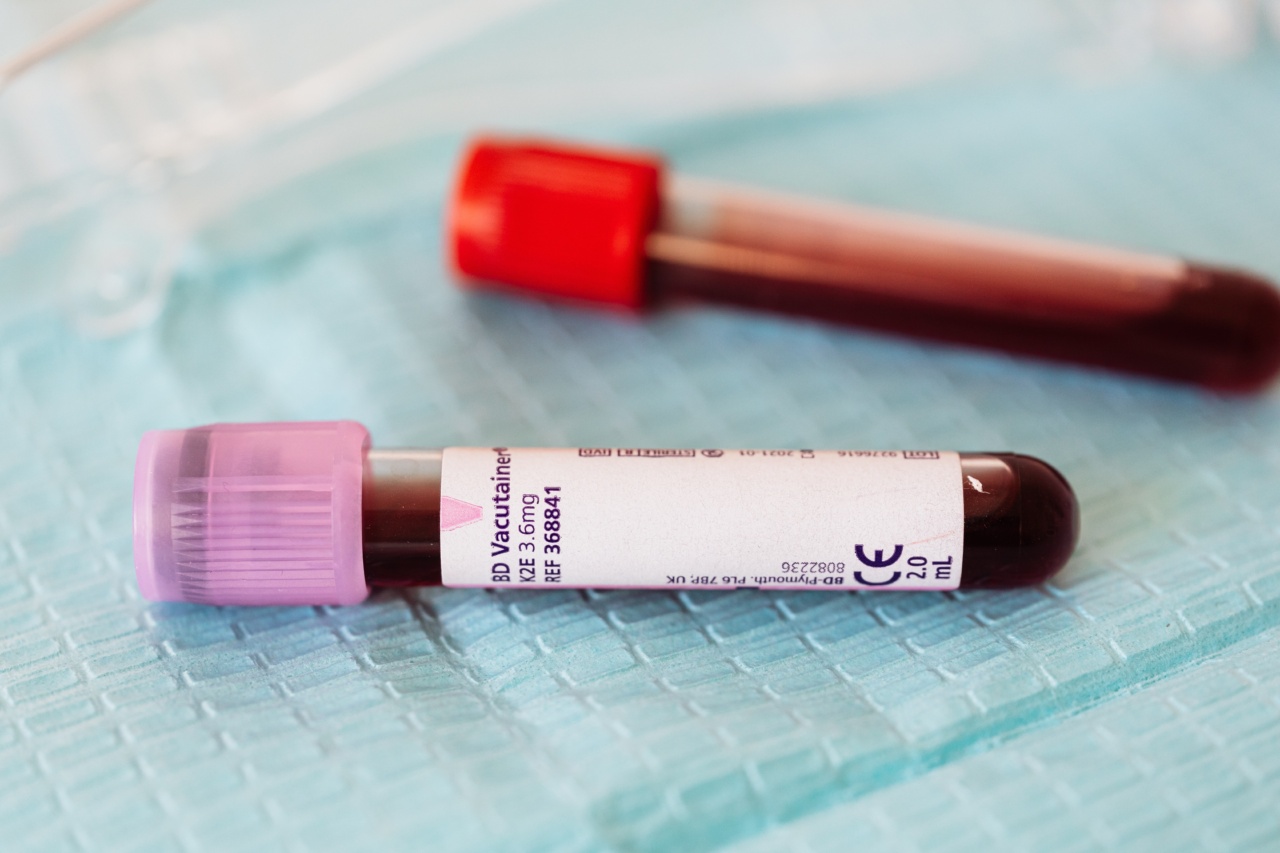Blood loss from wounds can be life-threatening, and it is essential to take immediate action to stop bleeding. The amount of blood loss depends on the type of injury, the severity of the wound, and the location.
While some cuts or scrapes may cause minor blood loss, severe injuries can lead to massive blood loss, which can be dangerous. Here are some tips to help you prevent blood loss from wounds and keep yourself safe from potential health hazards.
Clean the Wound Immediately
The first step in preventing blood loss from wounds is to clean the wound immediately. Use warm water and mild soap to wash the injured area gently.
Cleaning the wound helps to remove any dirt, debris, bacteria, and foreign objects that may cause infections, which can lead to severe bleeding. Also, clean the surrounding skin to prevent contaminating the wound during the healing process.
Apply Direct Pressure to the Wound
Apply direct pressure to the wound using a clean cloth or a sterile bandage to help stop the bleeding. Place the cloth or bandage over the wound, and press down firmly, but not too hard.
Avoid removing the cloth or bandage once you apply it, as this can cause more bleeding. If blood soaks through the cloth or bandage, add more layers on top of the old one to increase pressure and stop the bleeding.
Elevate the Injured Area
If the injured area is in the legs or arms, elevate the area above the heart level to reduce blood flow to the wound and promote clotting. When you elevate the wound, the gravity helps to prevent blood from pooling, which can cause more blood loss.
Elevate the leg or arm for about 10 to 15 minutes, or until the bleeding stops. However, do not elevate the wound if you suspect a broken bone or a severe wound that may cause further injury.
Apply Ice or a Cold Compress to the Wound
Ice or a cold compress can help constrict the blood vessels, reduce blood flow to the wound, and prevent further bleeding.
Wrap some ice cubes in a cloth or use a cold compress and apply it to the wound for about 15 to 20 minutes, and then remove it for another 15 to 20 minutes. Repeat the process until the bleeding stops. Alternatively, you can use a frozen vegetable or a similar object if you do not have ice cubes.
Use a Tourniquet for Severe Bleeding
A tourniquet is a device designed to stop blood flow from an injured limb or extremity when bleeding is severe. If you cannot stop the blood flow through direct pressure, elevate, or using other methods, apply a tourniquet to the wound.
A tourniquet uses pressure to compress the arteries and veins in the injured area, thus reducing blood flow and preventing blood loss. However, use a tourniquet only if the bleeding is severe, and other methods have failed.
Seek Medical Attention
If the bleeding does not stop after using the above methods, seek medical attention immediately. Severe bleeding may indicate a more severe wound or underlying medical condition that requires urgent care.
Seek medical attention if the bleeding is rapid, flowing, or spurting and does not respond to initial first aid. Also, seek medical attention if you experience lightheadedness, dizziness, or other signs of shock.
Avoid Aggravating the Wound
Avoid aggravating or reopening the wound after stopping the bleeding. Do not touch or remove the dressing, bandage or cloth once you apply it. Avoid any activity that may put pressure on the wound, cause it to reopen, or damage the healing tissues.
Also, avoid strong physical activity and heavy lifting until the wound heals completely.
Take Precautionary Measures
Preventing blood loss from wounds requires taking precautionary measures to keep yourself safe from injuries. Wear protective gear whenever possible, such as gloves, helmets, or elbow pads.
Avoid activities that may cause injuries, such as extreme sports, risky driving, or handling sharp objects carelessly. Also, stay alert and aware of your surroundings, and avoid putting yourself in harm’s way.
Proper Wound Care
Proper wound care is essential to prevent blood loss and promote healing. Keep the wound clean and dry to prevent infection. Change the dressing or bandage regularly, or when it becomes wet or dirty.
Also, cover the wound with a sterile bandage or dressing and replace it as needed. Check for signs of infection, such as fever, redness, swelling, or drainage, and seek medical attention if necessary.
Conclusion
Blood loss from wounds is a potentially life-threatening condition, and it is crucial to take immediate action to stop bleeding. Follow the above steps to prevent blood loss and promote healing.
Proper wound care, precautionary measures, and seeking medical attention when necessary can help to keep you safe from potential health hazards.






























